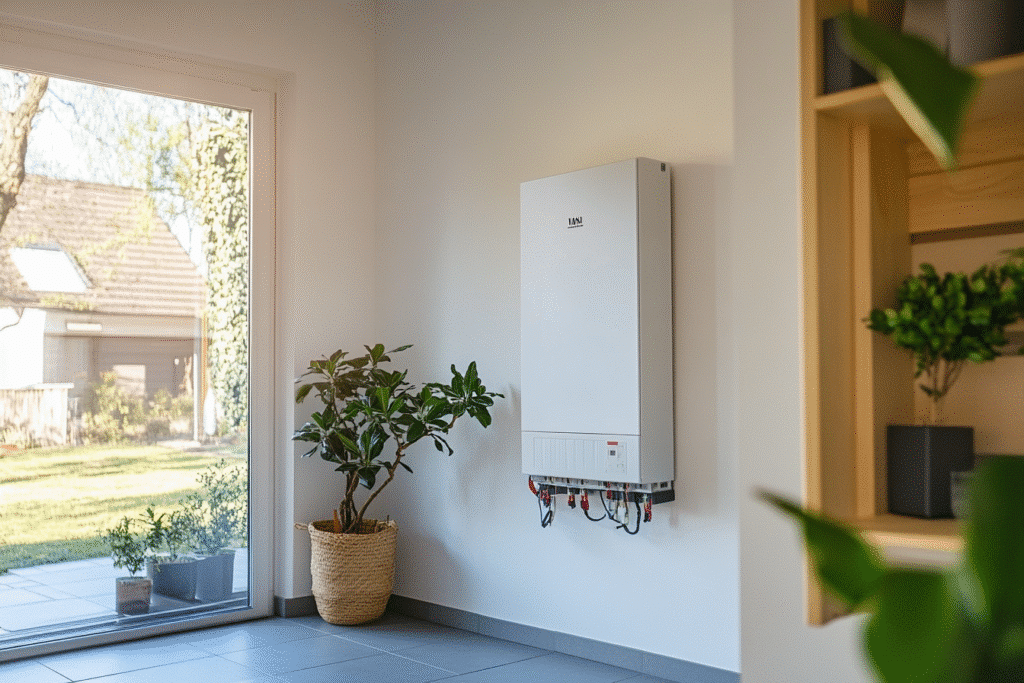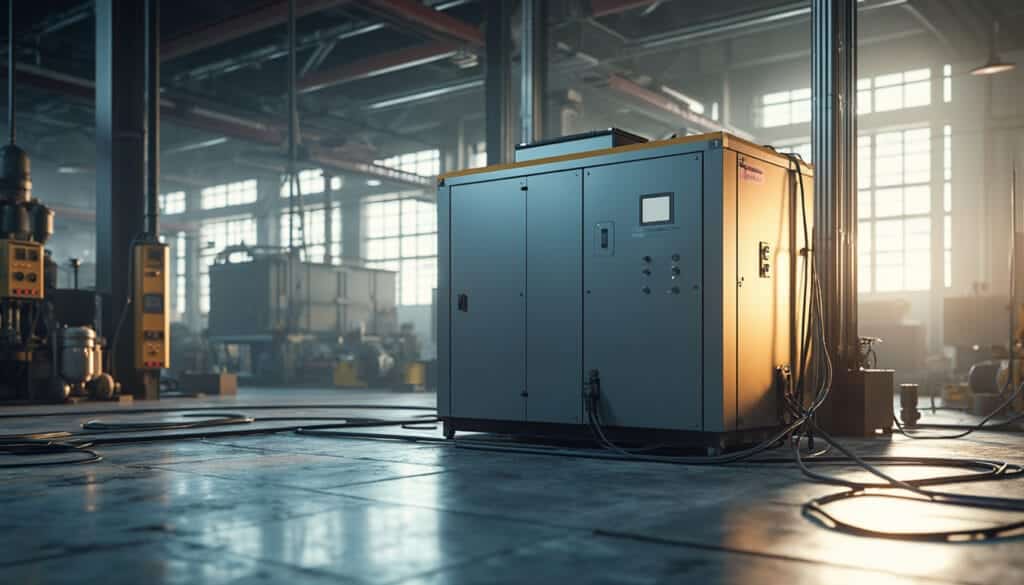In a world where the search for sustainable energy solutions has never been more pressing, sodium-ion batteries emerge as a promising alternative to traditional lithium-ion batteries. With their potential to offer lower-cost energy storage capacity and a reduced ecological footprint, these batteries could very well be the turning point we’ve been waiting for to revolutionize the renewable energy sector. But beyond the promises, it’s crucial to thoroughly explore their advantages, challenges, and their real capacity to transform our energy landscape. The future of our natural resources and our planet depends on it.
A new era for energy storage

Hello, I’m Sophie, 29 years old, passionate about bioenergy research and waste management. Today, we are going to explore a technology that could transform the energy landscape: sodium-ion batteries.
The challenges of current renewable energies
Renewable energies, such as solar and wind, have become the most cost-effective options for generating electricity. However, their intrinsic variability poses major challenges. Indeed, their production is intermittent, relying on the sun and wind.
To ensure a reliable energy supply, it is essential to have a support capacity capable of providing electricity on demand. Some voices propose gas generators as a solution, while others suggest nuclear energy. But a promising alternative is emerging: sodium-ion batteries.
Sodium-ion batteries: Advantages and disadvantages
Sodium-ion batteries store excess energy produced by renewable sources and release it when necessary, thus ensuring a stable supply. Currently, lithium-ion batteries dominate the short-term storage market, while sodium-ion batteries could soon fill the need for long-term storage.
Sodium-ion batteries operate by the movement of sodium ions between two poles, generating a charge. Compared to lithium-ion batteries, they have several advantages:
- Abundance and cost: Sodium is much more abundant and potentially less expensive to extract than lithium.
- Durability: They retain their charge much longer.
- Environmental impact: Their production causes less local pollution.
Nevertheless, sodium-ion batteries have disadvantages:
- Energy density: Sodium ions, being larger and heavier than lithium ions, require more space and materials to store the same amount of charge.
When will we see sodium-ion batteries on the market?
According to a recent analysis by the Massachusetts Institute of Technology, sodium-ion batteries could be commercialized as early as 2027, thus becoming competitive with gas generators. Similarly, the US Department of Energy expects them to hold a significant market share by 2030.
Currently, the production of these batteries is primarily concentrated in China and Europe. Companies like BYD in China have already begun constructing production facilities, while other local and international players are following suit.
La première usine de batteries sodium-ion (sans lithium) ouvrira ses portes d’ici le mois prochain aux États-Unis. Elle devrait supporter jusqu’à 50 000 cycles de charge. https://t.co/NDPt6PjmmQ
— Trust My Science (@TrustMyScience) May 4, 2024
Changing the game for a cleaner future
As the Australian Energy Market Operator (AEMO) predicts the phasing out of coal by 2035, it still anticipates a strong presence of gas in the grid. However, the rise of technologies such as sodium-ion batteries suggests that we should rethink this reliance.
Disruptive innovations in the renewable energy sector are rapidly increasing. The Climate Change Authority is currently assessing the technologies and emission standards necessary to achieve zero emissions targets by 2050. Sodium-ion batteries indicate that we must not lock ourselves into polluting options like gas. Cleaner and more reliable alternatives will soon be available, ensuring the stability of our climate and energy networks.
Articles similaires
Thank you!
We will contact you soon.













